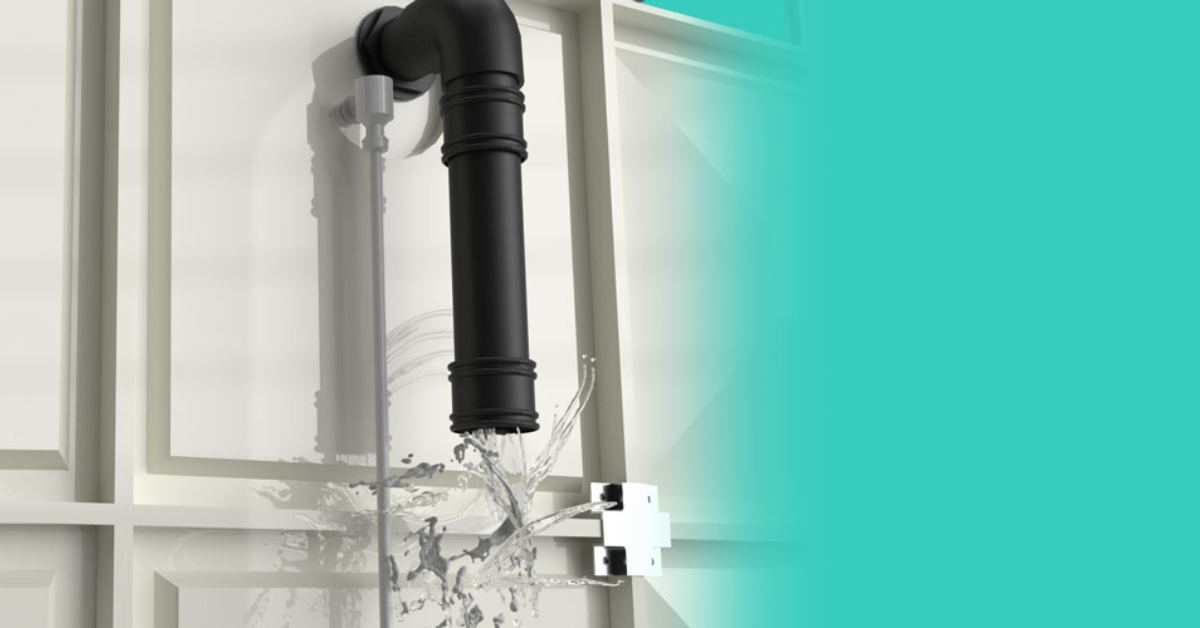
Overflow And Warning Pipe Correct Installation
Home » overflow and warning pipe correct installation

Correctly installing your overflow and warning pipes is critical for compliance, safety, and long-term performance of your cold water storage tank.
Lets discuss:
The correct positioning of warning vs. overflow pipes
How to avoid common installation mistakes
What regulations you need to follow for compliance
💡 Quick Tip: The warning pipe should always activate before the overflow — if not, your system isn’t compliant.
Why correct plumbing matters
Incorrect installation of overflow and warning pipes can lead to undetected leaks, which may cause:
- Structural damage
- Mould growth
- Health and safety issues
- Costly repairs and operational downtime
Early warning signs often include a dripping overflow pipe — typically caused by faults in the tank’s float valve, inlet mechanism, or other components. If ignored, these can lead to significant flooding if excess water isn’t safely discharged.
Learn more about the Dangers of a Leaking Overflow Pipe >>.
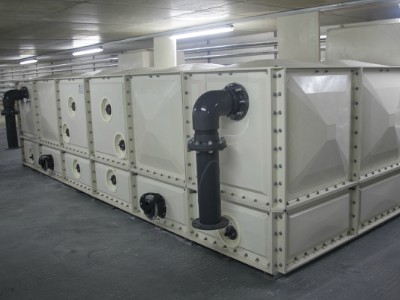
How Overflow and warning pipes work
The warning pipe is an integral safety feature of a water storage tank. Its primary purpose is to alert personnel to abnormal water levels by visibly discharging water before the main overflow is activated.
If the issue causing the rising water level is not addressed, the water will eventually reach the main overflow pipe. At this point, the overflow system must be properly installed to redirect excess water away from critical areas, preventing flooding and additional damage.
Key Functions of Overflow Piping Systems
- Early Detection: Warning pipes provide a visual or audible signal of system faults.
- Controlled Overflow: The overflow pipe ensures that excess water exits safely, reducing risks to property and infrastructure.
- Regulatory Compliance: Proper installation and maintenance ensure adherence to WRAS guidelines and other local regulatory standards.
Preventative Maintenance & Common Issues
Routine checks and early repairs can save you major costs and downtime.
Do this regularly:
Check for dripping overflow pipes or pooled water.
Inspect for blocked or restricted pipework.
Ensure proper valve function and pipe placement.
Avoid these common faults:
Overflow pipes not discharging visibly
Leaks going unnoticed inside buildings
Inlet valves stuck open, causing tanks to overfill
Preventative Maintenance & Common Issues
Tricel offers fully compliant water storage systems for residential, commercial, and industrial use.
We can help you:
Choose the right tank and components
Install overflow and warning pipes correctly
Maintain your system to avoid future issues
Contact our sales team or view our product range to get started.
Read More...
- Installation & Maintenance
- Cold Water Storage Tanks
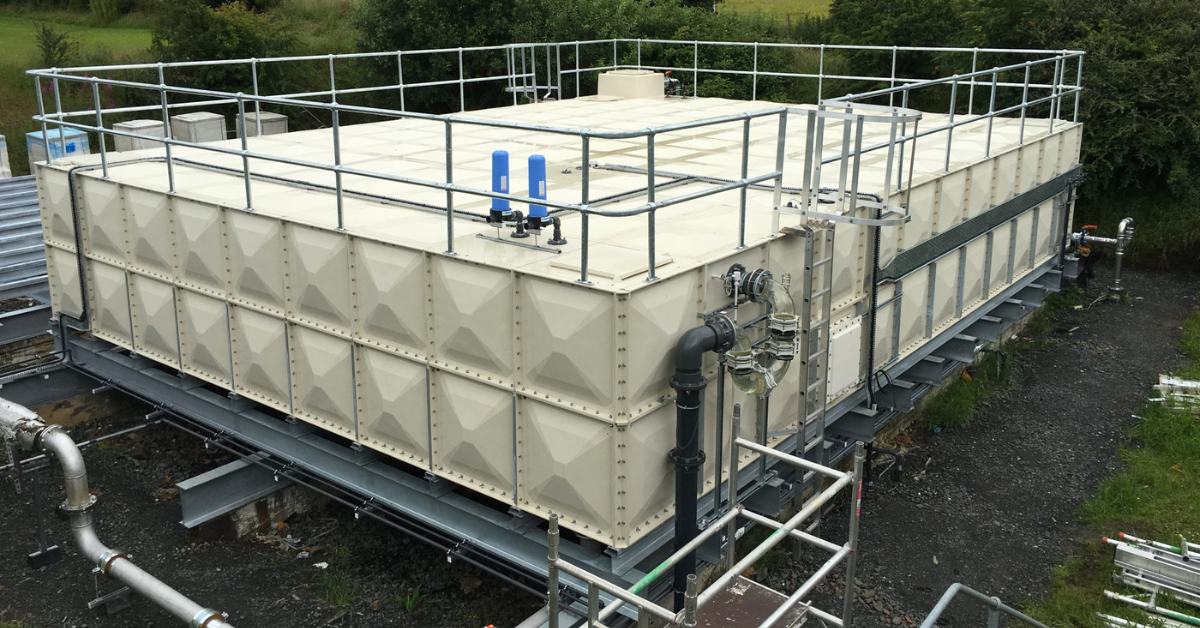
Water Tank Replacement
Need a water tank replacement? Tricel offers expert installation and maintenance services across Ireland. Our GRP sectional tanks are durable, compliant with regulations, and tailored to your needs. Contact us for a free quote today!
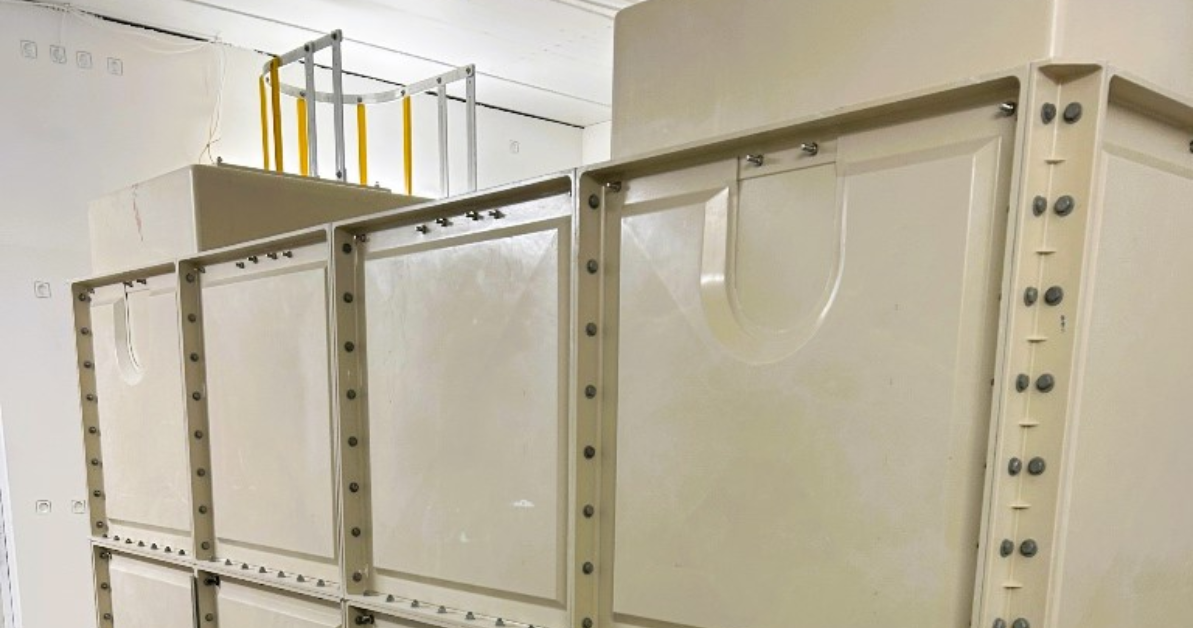
How to Optimise Your System with an Attenuation Tank
Enhance flood protection, reduce erosion, and improve water quality with Tricel’s attenuation tanks. Our comprehensive guide covers benefits, installation steps, and maintenance tips to ensure optimal performance. Start optimising your system today!
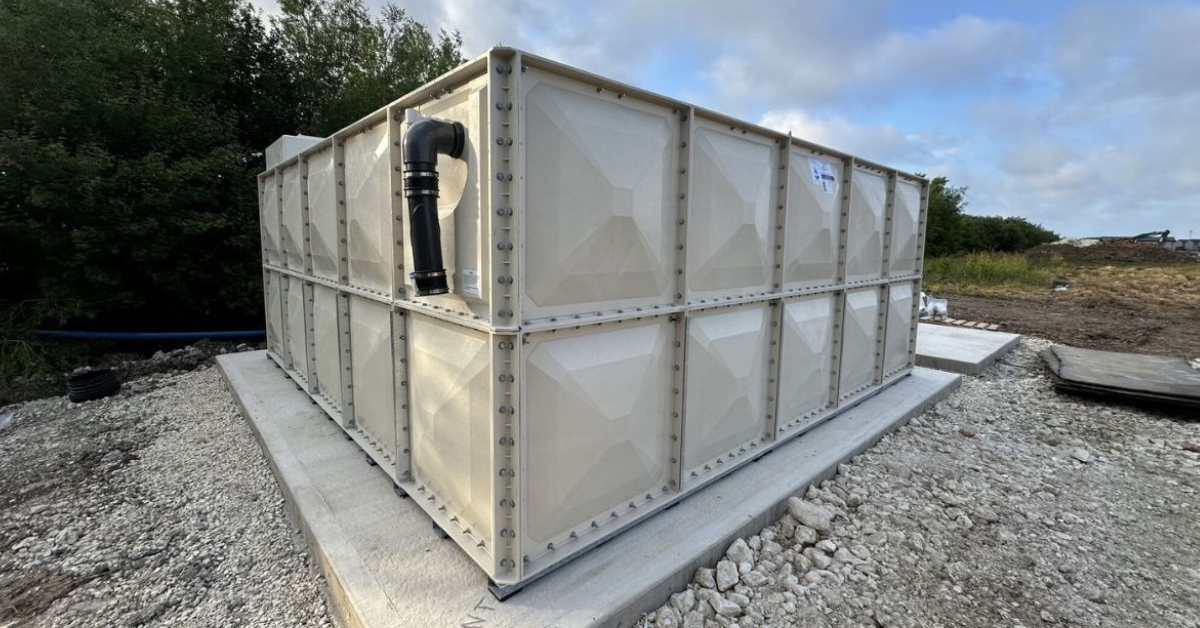
Dangers of a Leaking Overflow Pipe
A leaking overflow pipe may seem minor, but it can lead to significant issues like water damage, mold growth, and increased utility bills. Promptly addressing the underlying cause is crucial to prevent further complications. For a comprehensive guide on identifying and fixing leaking overflow pipes, visit Tricel's full article.

